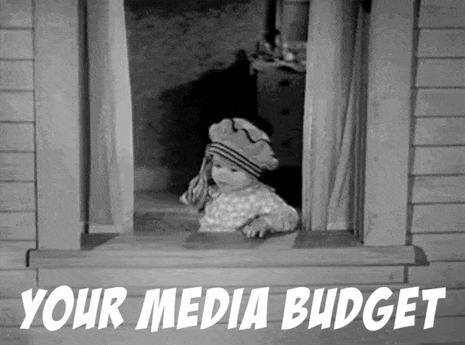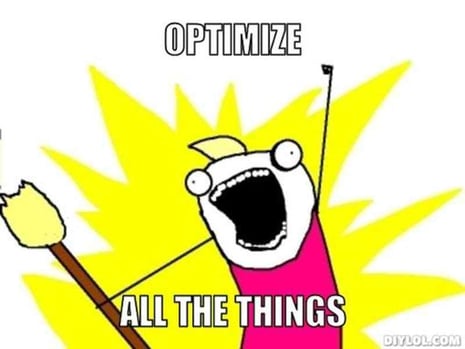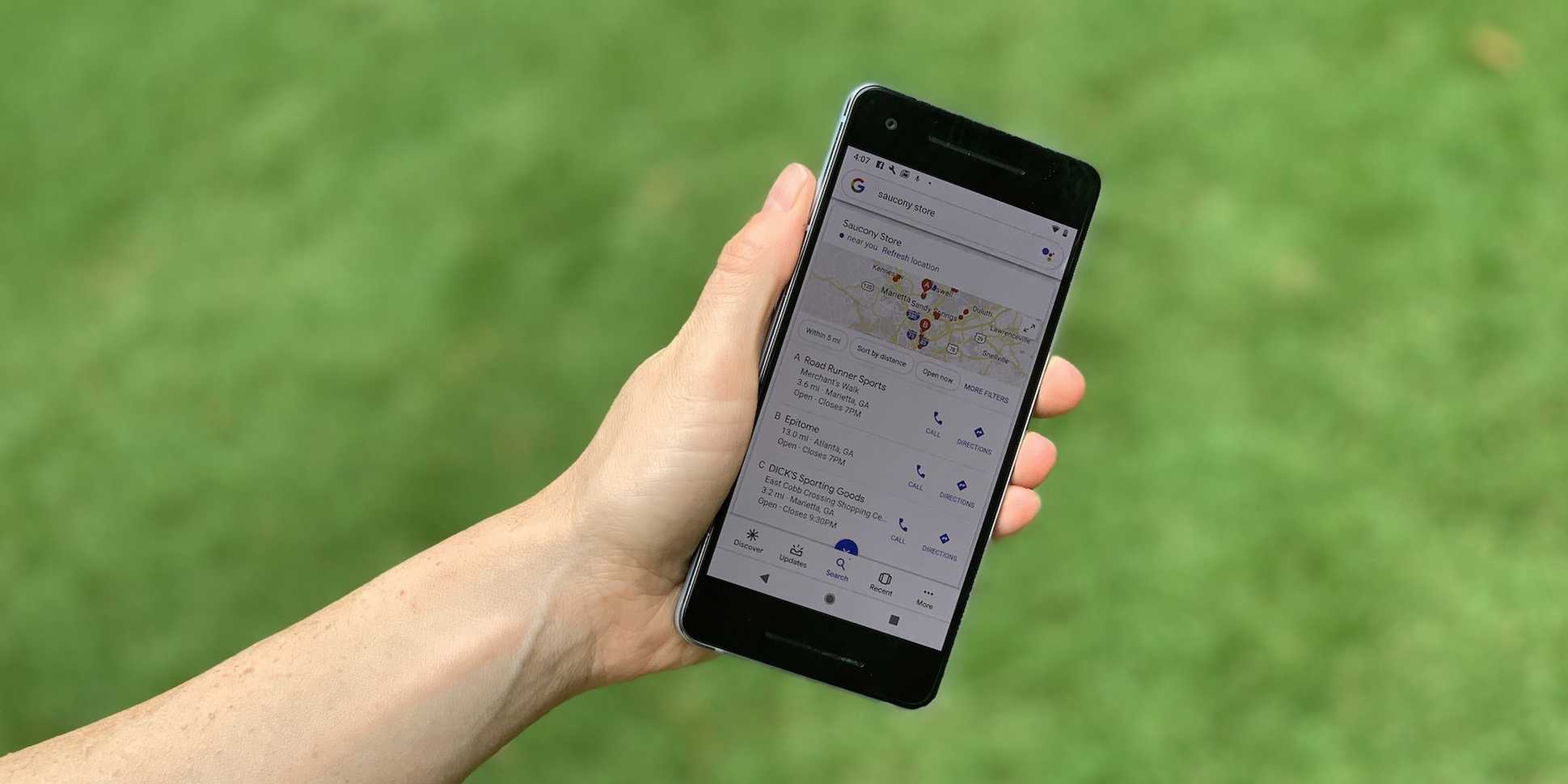How to Choose the Right Marketing Agency
You know you need marketing help, but with so many options, choosing the right marketing agency for your business can seem daunting.

Optimization is frequently discussed in digital marketing because it is one of the best areas to test and adjust your campaign assets and see near real-time results.
Conversion rate optimization (CRO) is the process of making educated improvements to your conversion-driven campaign based on your campaign data. The goal is to identify areas where your campaign can be adjusted in ways that will lower your customer acquisition cost, giving you a greater return on your existing traffic.
This process may highlight the need for a website redesign, or at the very least, CRO should be a critical part of your campaign. It allows you to make early adjustments before expanding your reach. This ensures that your media investment pays off and you’re not driving prospects to a poor experience.
Conversion rate optimization allows you to lower your customer acquisition costs by getting more value from the visitors and users you already have. Through improving your conversion rate you can increase revenue per visitor, acquire more customers, confidently increase your media spend and grow your business.
For example, let’s assume one of your campaign landing pages currently has a conversion rate of 5%. The page receives 3,000 visitors a month, which equates to 150 conversions per month. Optimizing different elements on the page could help you increase your conversion rate to 10%, which doubles the number of conversions generated to 300. We’re using easy math here, but in case it wasn’t clear: that’s twice as many conversions for no additional media spend.

At Mighty Roar, we believe that every marketing goal needs a measurable objective and that there’s always room for improvement within those measurements.
Having a measurable goal in mind for your campaign is the first step to conversion rate optimization. Your conversion goal may be unique sessions to your landing page, email subscriptions, leads, “find a store” clicks, or a direct purchase.
Whatever your specific campaign goal is, it must be tracked and benchmarked – not only against prior results but by your industry averages as well.
Once your conversion rate goal has been established, you need to identify objectives within your analytics that can be used to identify success and areas of opportunity.
Which pages are performing worst?
Which ad creative has a low CTR?
What keywords are driving traffic below what you expected?
After establishing the areas of opportunity within your data, you’ll need to prioritize them based on what will give you either the quickest or most significant impact.
For example, a page on your site that receives the highest traffic may not have the worst conversion rate. However, since it gets higher traffic you’ll be able to see the impact of any adjustment you make quicker than if you made those same adjustments to a low traffic / low conversion page.
Once you have the results that show your adjustments are making a difference, you can apply those findings to subsequent pages.

There is always room for improvement when it comes to increasing conversions. Not only is CRO a win for both your budget and your marketing goals, but it is also a win for your customers since you’re ultimately improving their customer experience.
Sign up for our monthly newsletter to receive updates.

You know you need marketing help, but with so many options, choosing the right marketing agency for your business can seem daunting.

Google My Business tends to fly under the radar a bit in terms of its importance in your digital strategy. However, whether you're a small brand or a...

For some marketing teams, segmentation is seen as a dirty word. Brand managers may see their product or service as having universal appeal and may be...